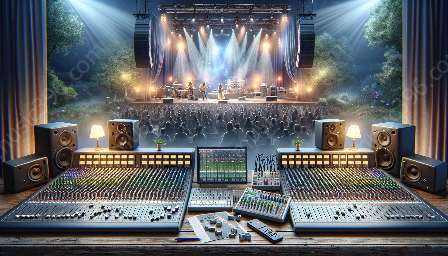String instruments have played a crucial role in the history of music, evolving over centuries to become indispensable in various genres. From classical to folk, and jazz to rock, the influence of string instruments is profound.
The Ancient Roots
Early string instruments can be traced back to ancient civilizations such as Mesopotamia, Egypt, and China. The lyre, harp, and lute are among the earliest string instruments, symbolizing the universal appeal of strings in music. These instruments were commonly featured in religious ceremonies, feasts, and entertainment, showcasing their cultural significance.
Classical Renaissance and Baroque Era
The development of string instruments in the classical period led to the creation of iconic instruments such as the violin, viola, cello, and double bass. These instruments revolutionized orchestral compositions and chamber music, leading to the creation of timeless masterpieces by composers like Bach, Vivaldi, and Handel.
During the Renaissance and Baroque era, string instruments gained prominence in courtly settings and theatrical productions. The elegant and expressive nature of strings elevated the emotional depth of music, laying the foundation for future compositions.
String Instruments in Various Music Genres
As music evolved, string instruments became integral to diverse genres. In the world of classical music, the symphony orchestra's string section continues to be the heart of orchestral compositions, portraying a wide range of emotions with their melodic and harmonic capabilities.
Moreover, in folk music traditions across different cultures, string instruments like the guitar, banjo, and mandolin have been used to tell stories and celebrate heritage. The versatility of these instruments allows for the expression of cultural narratives through their unique sounds.
Jazz music has also embraced the use of string instruments, particularly the guitar and double bass, as essential components of improvisation and rhythmic sophistication. The synergy between string instruments and other jazz elements has led to the creation of iconic jazz standards and memorable improvisational performances.
In the realm of rock and pop, electric guitars have become synonymous with the genre's rebellious spirit and raw energy. From powerful riffs to soulful solos, the electric guitar has reshaped the landscape of popular music, contributing to countless hit records and electrifying live performances.
Impact on CD & Audio Recordings
String instruments have significantly impacted the quality and depth of CD and audio recordings, enhancing the overall sonic experience. The warm and resonant tones of string instruments add a rich layer of depth to recordings, making them an essential component in studio productions across genres.
From the lush strings in symphonic arrangements to the delicate acoustic guitar in intimate singer-songwriter recordings, the presence of string instruments elevates the listening experience, creating captivating auditory tapestries that resonate with listeners.
Conclusion
The journey of string instruments in music history is one of resilience, innovation, and artistic evolution. Their enduring presence across various music genres and their transformative impact on audio recordings solidify their status as indispensable tools of musical expression.






























